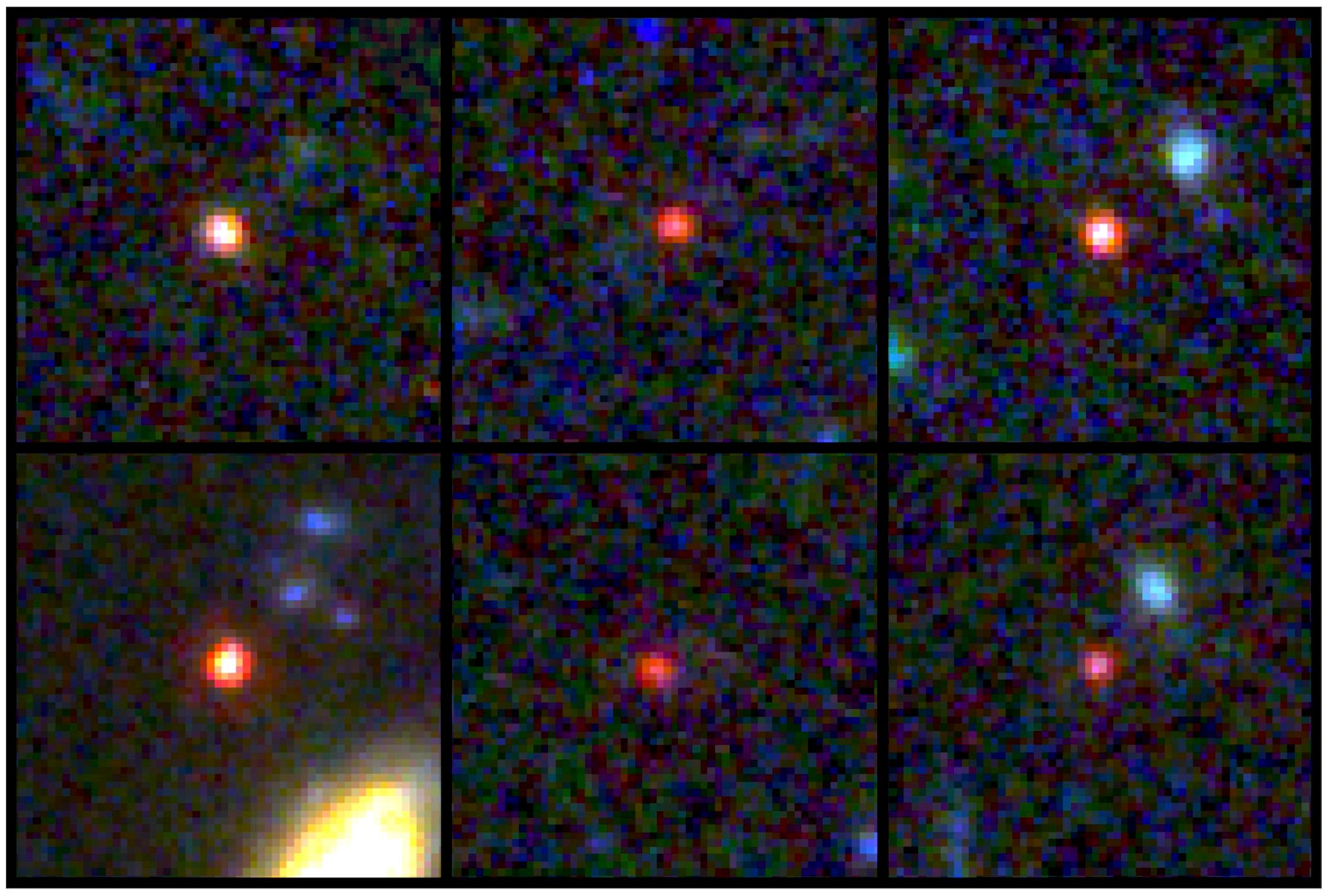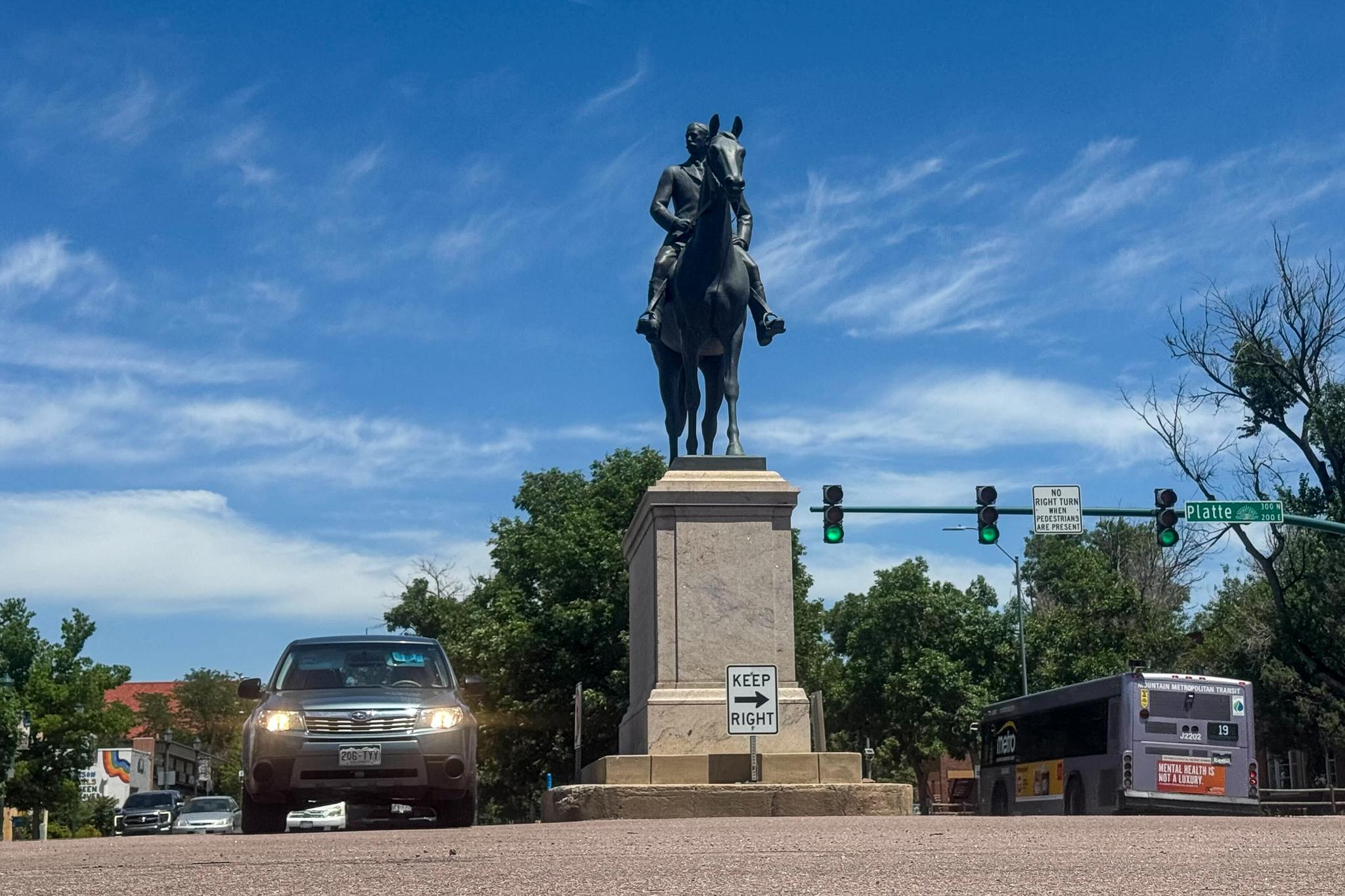
An article out today in the journal Nature analyzes an early image from the James Webb Space Telescope to identify what may be six giant galaxies that formed in the early days of the universe. CU astrophysicist Erica Nelson is a co-author of the report. She says the galaxies formed about 500 million years after the Big Bang, much earlier than scientists believed was possible. “It just completely upends our understanding of how objects formed in the universe. It upends our models of cosmology.”









